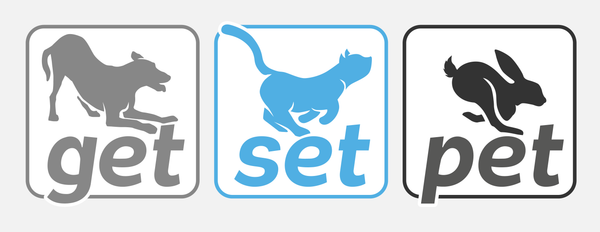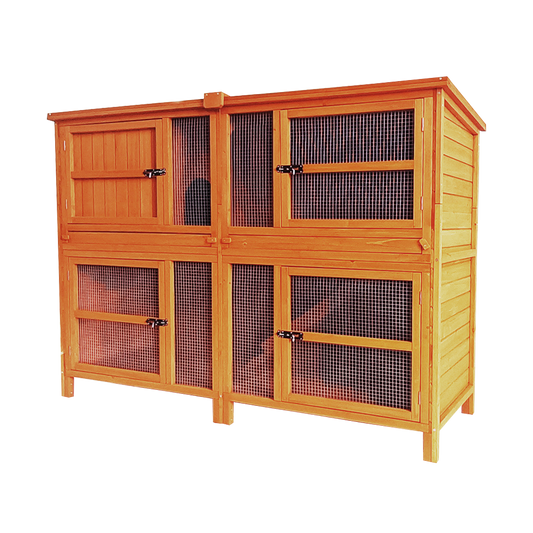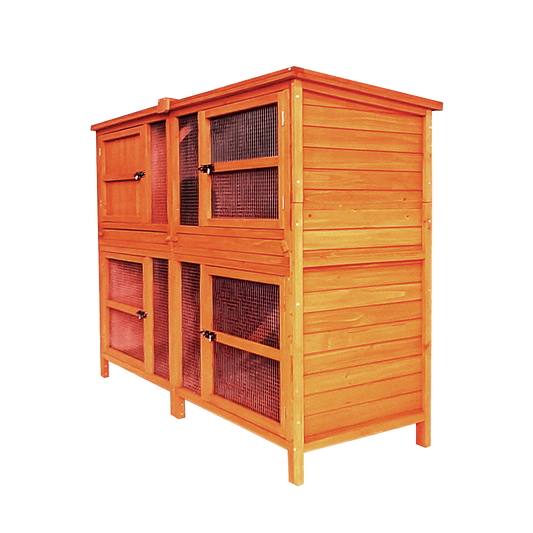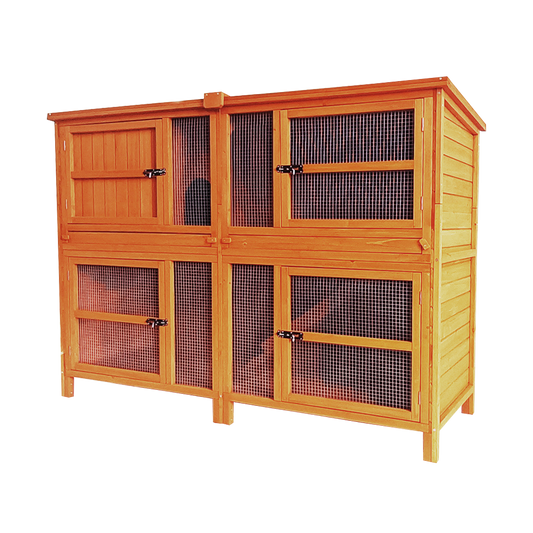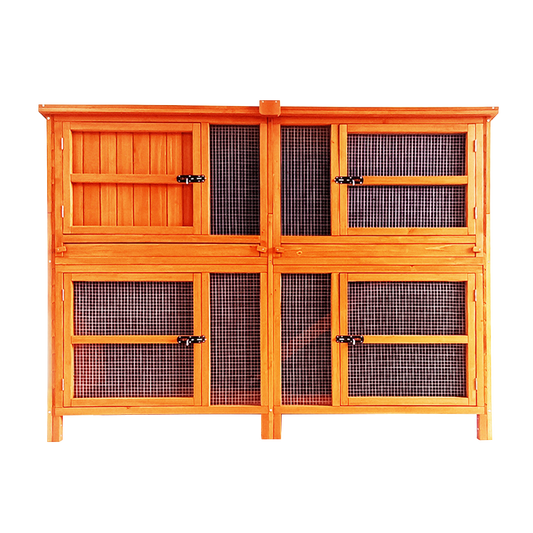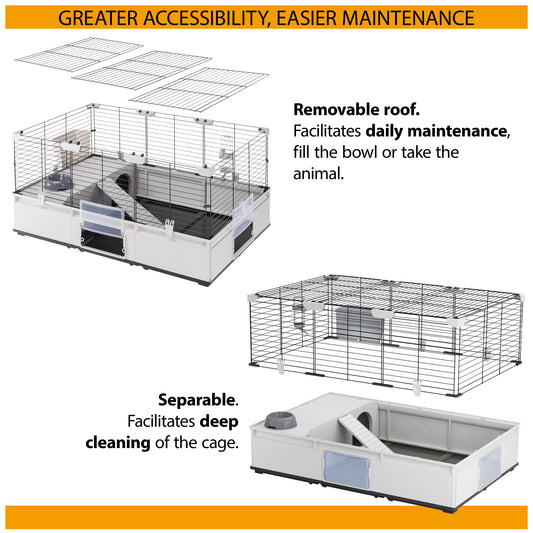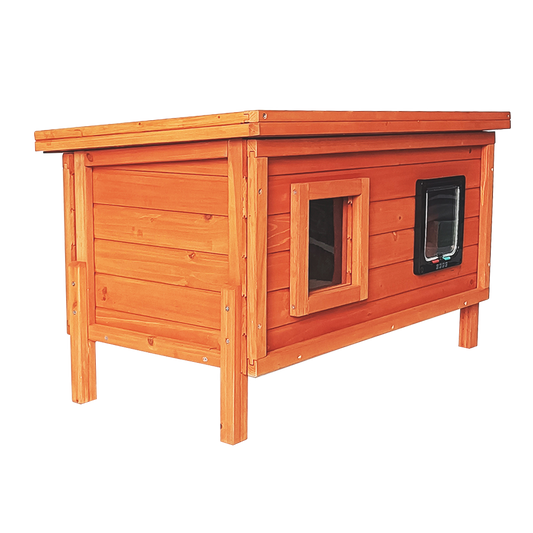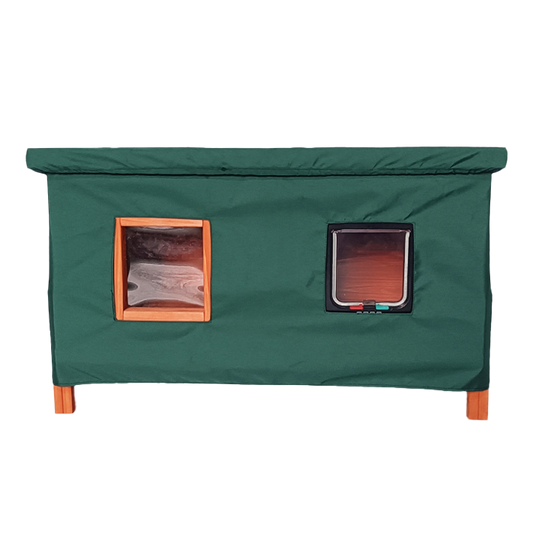There can’t be many dog owners whose smartphones aren’t full of photos of their pets, but getting the perfect portrait can be a challenge. Animals are unpredictable and getting a good shot is not as easy as simply asking your dog to say 'cheese'. If you’re partial to a pet selfie for social media, or just want to make sure you capture every moment of canine bliss for yourself, follow our top tips to make sure every photo is a winner.
Know how to get your dog’s attention
If you want your dog to look at the camera, you are going to have to find a way to get their attention. You probably already know what best motivates your pet – a piece of sausage or a squeaky toy perhaps – so you can use this to your advantage.
You’ll have to be quick as a dog’s attention span is rather short. Hold the treat or the toy as close to the lens of your camera as possible without getting it in the shot. This means your dog will look right at the camera.
Think about lighting
Lighting can make or break a pet photo. Outdoor photographs can be easier thanks to the natural lighting, but your success might depend on the time of day and your position relative to the sun. When the sun is bright and high in the sky it can be harsh on an animal’s eyes and you might have to deal with difficult shadows. Try taking photographs earlier or later in the day when the light is softer or choose an area with trees that will naturally filter the light.
For indoor photographs, try to use areas of natural light from windows or glass doors, if you can, rather than artificial lights which can look a bit harsh. Also, try to avoid using your camera’s flash as not only can it give your dog ‘red eye’, you could find your pet is spooked by the burst of light.
A second pair of hands
It can be useful to enlist the help of an assistant when photographing your dog. While you concentrate on focusing and framing the best shot, they can be using treats, toys or making funny noises to get your dog’s attention.
If you want to get an action shot, your helper could throw a ball or call your dog for you while you work the camera, or they could sit with your pet to keep them in position. They could always be cropped out of the photograph later.
Keep shooting
The beauty of digital photography is that you can take as many photos as you need to until you get the perfect shot. Sometimes the scattergun approach works best – especially for dogs that are always on the move. Simply keep shooting and then you can spend time going through all the photos afterwards to pull out the best.
Catch your pet’s personality
Take photos of your dog that really show off their character and illustrate the things they love to do. If you’ve got a ball-obsessed collie for example, try to get some shots of them running and jumping so that you can remember these moments when they become old and less active. If your dog is a couch potato, photograph them snoozing in their favourite spot.
Black dogs
Very dark coloured dogs are notoriously tricky to photograph, which is one of the reasons why rescue centres have trouble rehoming them. They just don’t stand out, and it is often hard to find their eyes, making them look like black blobs with no definition or expression.
Make sure your black dog is evenly lit by shooting outside on a cloudy day and avoid bright backgrounds. Shooting from above can help reflect the light on a black dog’s eyes, which can help them stand out. Experiment with different positions and lighting to see what works best.
Be patient
Good things come to those who wait, and this is very true when it comes to photographing dogs. You may have an image in your head of the perfect pose for your pet, but remember that dogs can become easily distracted. Often a candid, natural position will work better than trying to wrangle your dog into a particular spot.
If you act frustrated and cross with your dog for not doing what you want them to do, they are likely to become stressed and this will ruin any chance you had of getting a good photograph.
If your dog is very bouncy and lively it will help to exercise them beforehand so that they have had an opportunity to burn off any pent-up energy.
If you enjoyed this article, you may be interested in:
